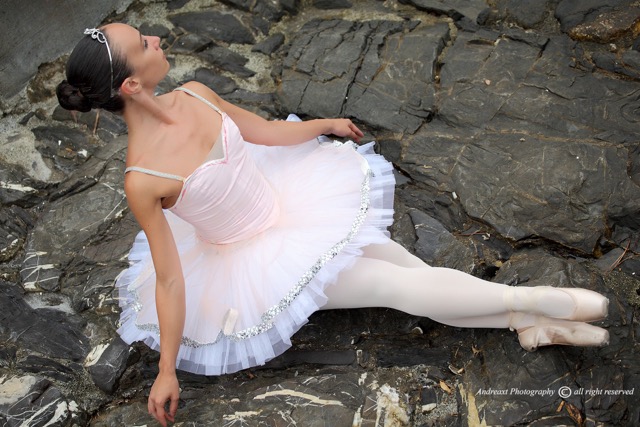Dance Philosophy: behind and inside the Dance there are many more concrete and abstract hidden things than in the “dance danced”, as it appears in its visible form to the eyes of the people who watch and marvel at the physical and spiritual strength of dancers.
From which part of the inner-self and from what energy of the soul does the desire to measure up to one’s own body emerge?
Selena Pastorino does not intend to defend the reasons of the dance in her freshly printed book Philosophy of Dance (Il Melangolo publishers). Reasons overlooked by the defenders of the supremacy of the mind over the body as it would be res extensa in the service of res cogitans.
The author, who is really passionate about ballet (she is also a Phd, scholar and editorial curator), does not really aim to explain what dance is in theory or to separate out what dance is or is not through judging the dance rate underlying each performance on stage.
Pastorino aims to give account of the “embodied dance” where no gesture is wasted, where the search for cleanliness of the gesture is free, without finalizations, powerful in itself. Reason must become body according to the unspeakable laws of the body itself. And so, she questions the dancing body from within the living and thinking body of a dancer and a teacher.
“There is no body, first, that later dances” according to the dance-author, who recalls how the body, in comparison with dance, must consciously live, fighting its initial inexperience stage after stage in the conquest of a personal dancing body. The memory of the body is created by practicing, through deep movements, well beyond muscles and tendons, and it results in “urgent need”.
Dancers have to allow their body to learn in order to know the Dance and their selves alltogether. Posture, balance, steps must be incorporated with their rules by questioning the extremes of one’s own corporeity, exceeding their limits.
The mirror is the confirmation of the rules introduced as the teacher is the parameter of comparison and the inner voice in the relationship between “the body and the body dancing” with the companions met during the same path. And during this journey dancers share space and time and test benches, and they model their character, in the hall and in the classroom, before doing it in the abyss of the scene.
Dancers leave the predictable habitat-nest to communicate beyond the fourth wall through a “choreographic speech”. It is made readable and believable thanks to each own “handwriting” and while each one tries to “write a text of others”, alone, in pairs, in group.
Unique identity; fragility-accepted; authenticity-chased: the dance, which made body that dances, or rather one’s own body that dances and that challenges itself, is a transformative practice, necessary, to be wanted with all forces. The great dancers and choreographers mentioned in the book confirm it with chosen phrases. Even the notes are interesting for richness and cultured and convinced consistency. The bibliography and the ad hoc glossary reinforce the assumption of dance philosophy.
Today the goal is to give voice beyond the scene. It is no longer secondary neither it needs to be mediated by others, passing as Alice through the mirror.








